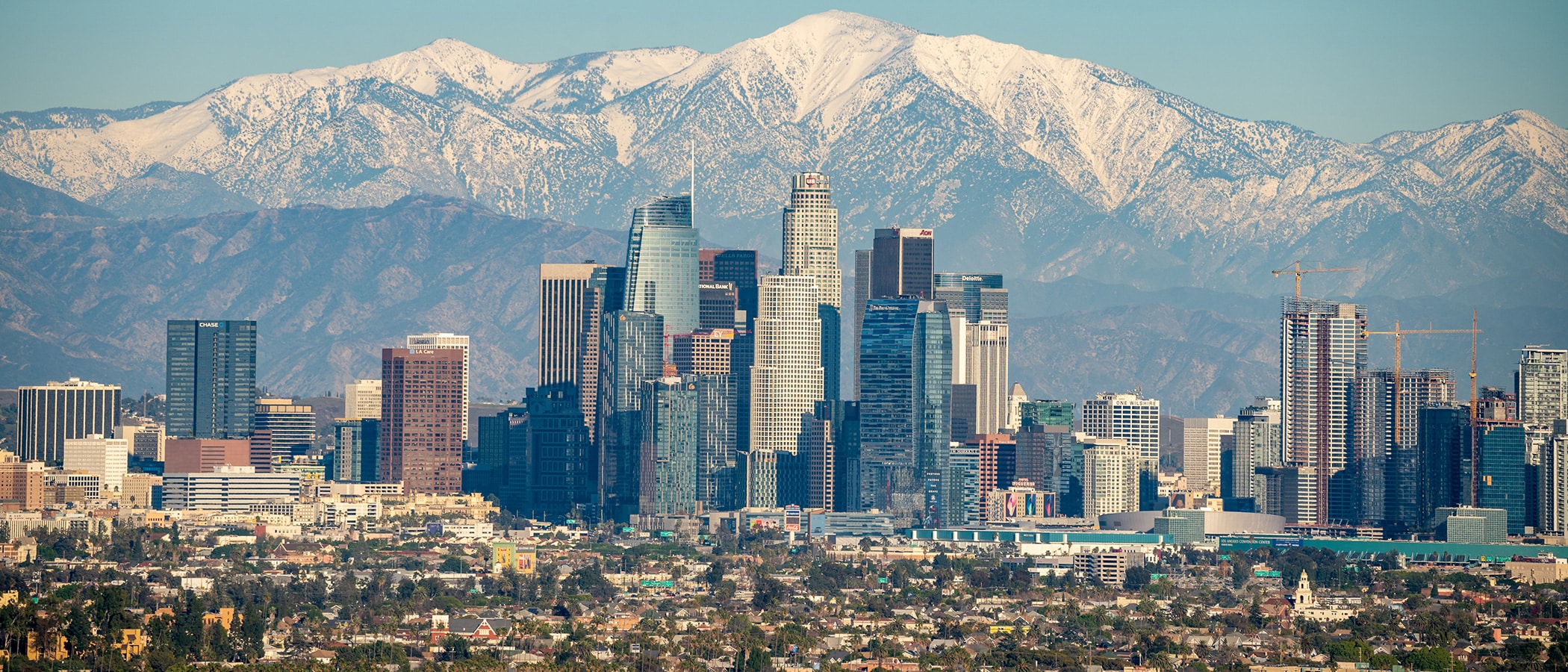
Los Angeles is making big changes to increase use of local water to ensure a sustainable water supply for residents and reduce reliance on distant sources like Mono Lake. The city’s ambitious and impressive local water goals add up to this: By 2035, 70% of the water Los Angeles uses will be sourced locally, up from about 10% today.
The vision and the projects are huge and will change how the city manages water at a scale equivalent to the days of William Mulholland constructing the Los Angeles Aqueduct: Capture 150,000 acre-feet of stormwater annually. Recycle all wastewater. Remediate groundwater contamination. Reduce per capita potable water use by 25%.
Projects are underway with widespread public support. One notable funding source—voters in Los Angeles County passed, with 70% in favor, a 2018 parcel tax measure known as Measure W to provide funding for enhanced green infrastructure to recharge local groundwater basins.
For Mono Lake and the Owens Valley, this transformation is also huge. While the Los Angeles Aqueduct remains a part of the city’s supply plan, the water demand would be reduced, potentially bringing an end to the Mulholland philosophy of taking every last drop. This past winter, for example, Los Angeles Department of Water & Power (DWP) press releases highlighted how expanded stormwater capture projects around the city captured 32,000 acre-feet of water by early January with capacity to go up to 64,000 acre-feet—14 times the amount diverted from Mono Lake last year.
So how is DWP doing in meeting these goals? Are they on track for success? What projects are underway? Those are the questions City Councilmember Katy Yaroslavsky asked in a March resolution, seconded by Councilmember Paul Krekorian and approved overwhelmingly by the City Council.
Yaroslavsky’s motion highlighted the importance of achieving these goals in light of climate change imposing uncertainties on old assumptions about water supply. She also directly acknowledged the city’s responsibility for the impacts of its existing water system, writing “the importation of water supplies have had direct, negative impacts on the natural environment and populations near the sources of this water, including in Mono County [and] Inyo County…”
The Los Angeles Times endorsed LA’s goals in an editorial, calling them ambitious, important, and doable, but questioning whether the city’s leadership had the commitment to see them through. Yaroslavsky’s motion is an important step, reaffirming the Council’s ongoing support for this water transformation—and keeping DWP on track to get it done. The resolution requires DWP and fellow agencies to report on “the transition to reducing purchased or imported water and increasing our local supply, including all planned and existing efforts, as well as infrastructure and conservation projects in the planning and or development stages.”
The report from DWP is due this summer. Here at the Mono Lake Committee we enthusiastically anticipate Mono Lake being part of the discussion. Once the report is released, Yaroslavsky and the City Council Energy & Environment committee are expected to hold a hearing to dig into the details.
This post was also published as an article in the Summer 2023 Mono Lake Newsletter. Top photo courtesy of Soly Moses.
